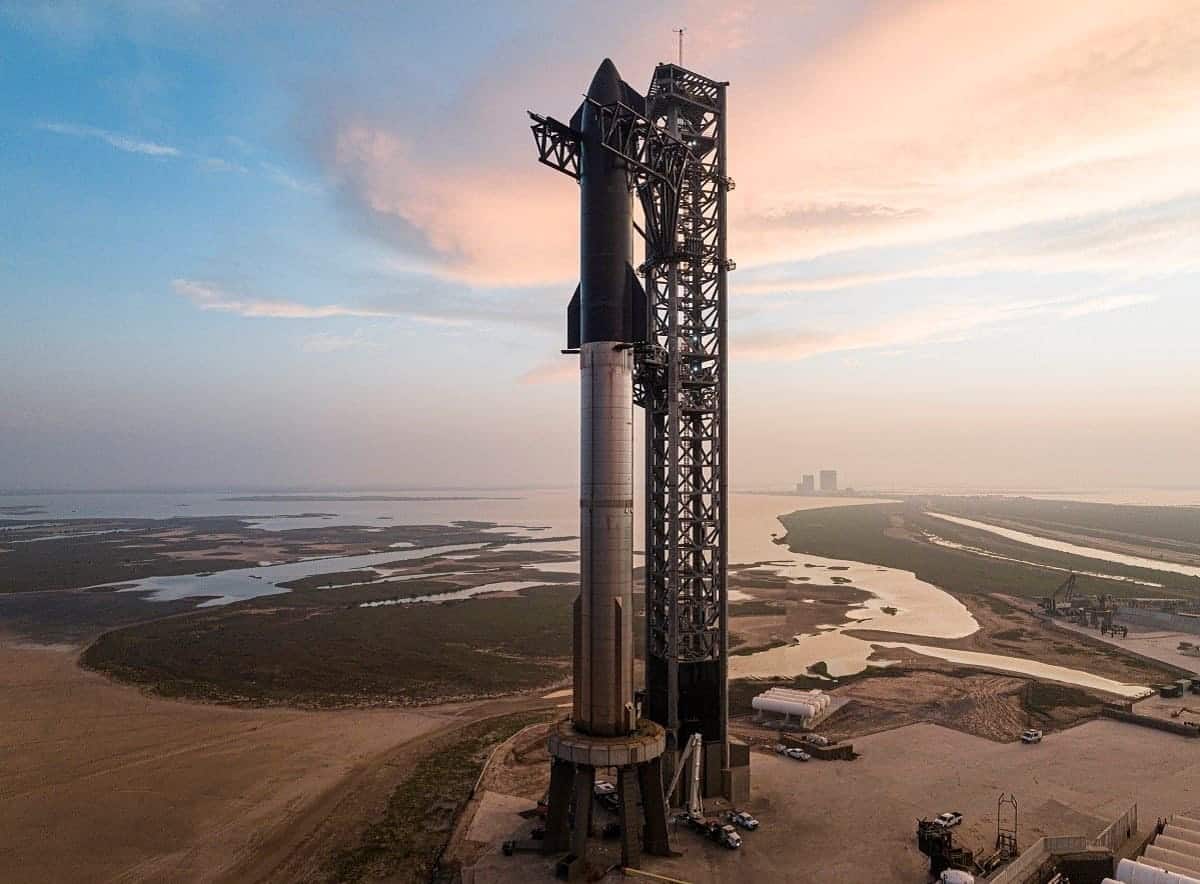D-10 before the fourth Starship flight by SpaceX
[ad_1]
SpaceX, Elon Musk’s pioneering space exploration company, is preparing to take another decisive step with the fourth flight of its Starship spacecraft. Scheduled for around ten days, this flight represents a crucial turning point for SpaceX’s ambition to make space exploration more accessible and prepare the ground for interplanetary missions, particularly to Mars.
A look back at the Third Starship Flight
Starship’s third flight, which took place a few months ago, was a pivotal moment in SpaceX’s test program. Although the flight was successful in many respects, it also highlighted some technical challenges.
During this third flight, Starship successfully reached a suborbital altitude, demonstrating the power and efficiency of its Raptor engines. However, the landing resulted in a spectacular explosion due to overpressure in the methane tank. This event was a valuable lesson for SpaceX engineers, allowing them to identify and correct critical weaknesses in the ship’s design.
An Ambitious and Innovative Project
Starship, designed to be fully reusable, is at the heart of SpaceX’s vision for the future of space exploration. This vessel is designed to transport both passengers and cargo to distant destinations, such as the Moon, Mars, and potentially beyond. Starship’s fourth test flight aims to demonstrate the viability of this concept and refine the technologies needed for longer, more complex missions.
The Objectives of the Fourth Flight
For this fourth flight, SpaceX engineers are focusing on several key objectives:
- Improvement of Propulsion Systems : The flight will test the Raptor engines, liquid methane and oxygen engines that are crucial to Starship’s performance. Engineers hope to validate improvements made to the engines since previous tests.
- Reusability : Starship aims to be completely reusable, which would significantly reduce launch costs. This flight will include critical reentry and landing tests to ensure Starship’s ability to be reused after each mission.
- Loading Capacity : The flight will also test Starship’s ability to transport and deploy a payload, a critical step for future cargo transport missions to interplanetary destinations.
Technical Challenges
Despite SpaceX’s impressive progress, the Starship program is not without its challenges. Previous test flights, including the third flight, had mixed success, with spectacular explosions during landing attempts. However, each failure provided valuable data, allowing engineers to refine their designs and improve the ship’s reliability.
The Impact for the Future of Space Exploration
The success of this fourth flight could have major implications for the future of space exploration. An operational, reusable Starship would usher in a new era of space travel, where missions to the Moon and Mars would become not only possible, but also economically viable.
Elon Musk expressed his bold vision of colonizing Mars and making humanity multi-planetary. Starship is the centerpiece of this vision. With this fourth flight, SpaceX is one step closer to achieving this ambitious goal.
Conclusion
Starship’s fourth flight, expected in about ten days, is a crucial milestone for SpaceX and the future of space exploration. By reviewing the lessons learned from the third flight, SpaceX engineers are better prepared to succeed in this new test. By validating the technologies needed for interplanetary missions and demonstrating the reusability of Starship, SpaceX could revolutionize our approach to space travel. The next few days will therefore be worth watching closely, because they could mark the start of a new era in the exploration of our solar system.
[ad_2]
Source link
